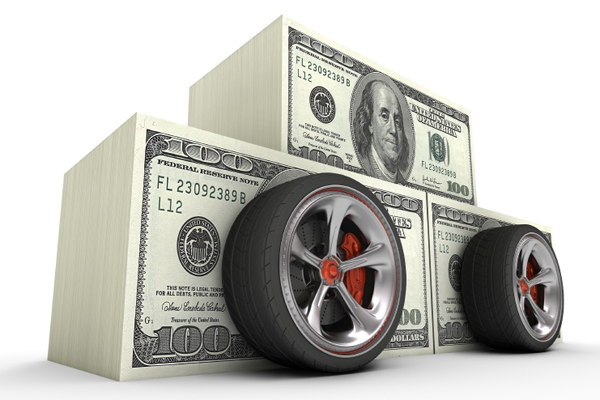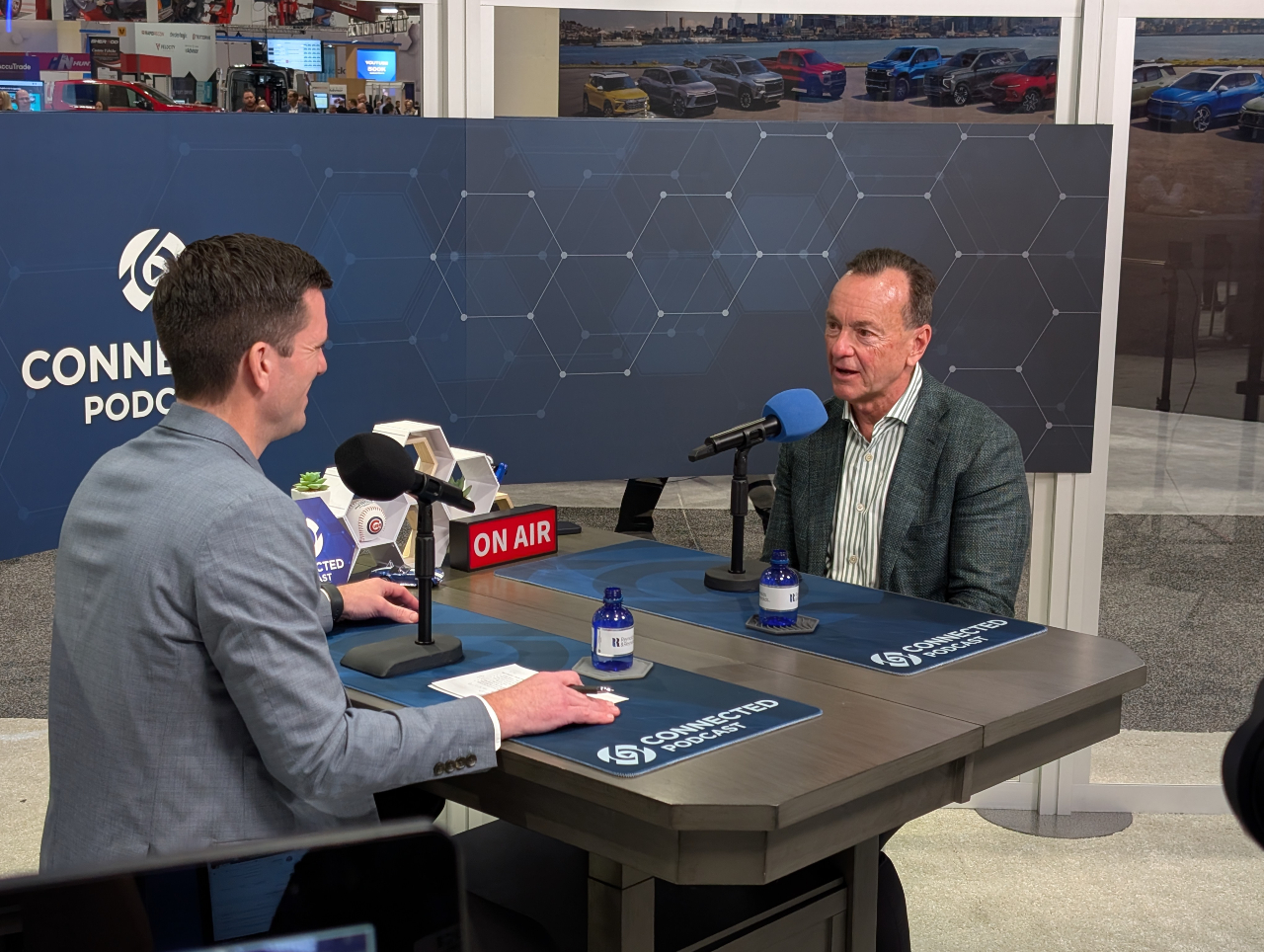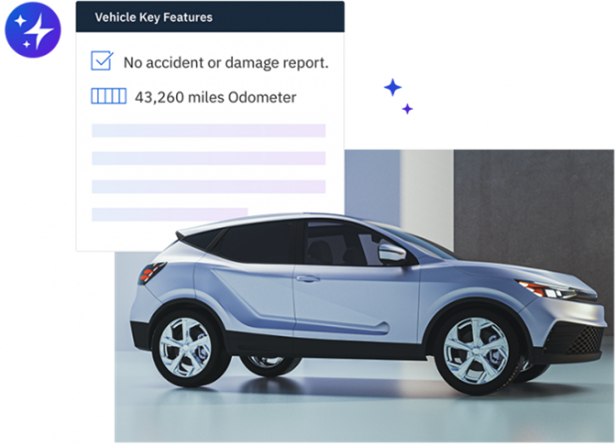Welcome to Your Dealership’s New Profit Center

Article Highlights:
- Dealerships need to find new ways to become more profitable.
- The solution is right in their stores: Accessories.
If we looked at the automotive retail industry 10 years ago, about 16 to 17 million cars were being sold per year by 22,000 dealerships. After the recession in 2008, many stores closed shop and there are now only about 17,000 dealerships.
This year, there are reportedly 16 million cars to be sold. By logic, dealerships today should be making more money. Unfortunately, this is not the case.
Based on statistics from the National Automobile Dealers Association (NADA), profit margins are declining even if vehicle retail prices are rising. New cars are becoming a mere commodity.
Dealerships need to find new ways to become more profitable. The solution is right in their stores: Accessories.
Untapped Profit Source
I was introduced to the accessories business while I was working as an ecommerce and leasing director for Galpin Auto Sports, which MTV contracted for the show “Pimp My Ride.”
The accessories market is huge, generating annual revenue of $40 billion in the United States alone.*
The surprising truth is dealerships represent less than 5% of this market even though data from the Specialty Equipment Market Association (SEMA) shows 75% of customers prefer to buy at a dealer.
In most cases, customers are not aware the dealership is even selling accessories. The dealerships either don’t offer or push accessories at all. They know there is money to be made with accessories but they don’t know how to effectively sell and manage the process.
On the contrary, by not selling accessories, a store is actually losing an average of $1 million per year.*
Potential in Accessories
According to SEMA, 92% of drivers buy some kind of accessory and 60% spend more than $1,500. Typically, drivers buy within 90 days of purchasing their vehicle.
These numbers translate to big money and yet many dealerships are afraid to dive into the accessories business. It is certainly different from selling a car and may require them to alter some of their processes.
But change is inevitable. Status quo is not going to work if you want to keep and grow your business.
For instance, until about 40 years ago, there was no F&I office in dealerships. But now, F&I is an integral profit source.
Conclusion
When done right, accessories will be the new F&I – not in the sense that it will replace it, but it will become a new and tremendous profit center for the store.
There is much more to be said about the accessories market. In the coming weeks, I will continue to share what I’ve found and how you can leverage accessories sales to increase profit in your dealership.
To read more about this topic, see our whitepaper: In the New “Golden Age” for Automotive… Where Are the New Frontiers for Dealership Profits? by Ron Lamb.
*AddOnAuto 2014 Accessories Trend Report
Related Articles:

The Future of Variable Ops with Experts at NADA 2025
Explore how AI is transforming variable operations in automotive retailing with insights from NADA 2025. Learn about efficiency, profitability, and fraud prevention from industry leaders.

Decision made regarding the Vehicle Shopping Rule – now what?
Check out five key takeaways from the Vehicle Shopping Rule to keep your dealership safe from FTC enforcement actions.

3 Ways AI Can Elevate Your Dealership’s Online Inventory
On average, Americans are exposed to between 4,000 and 10,000 advertisements every day. From commercials on TV to billboards on your way to work, all…

The Pizza Playbook – What Ordering Pizza Teaches Us About F&I
For as long as I can remember, my family had “pizza night” every week. Without fail, every Friday evening we’d all gather around the computer…















